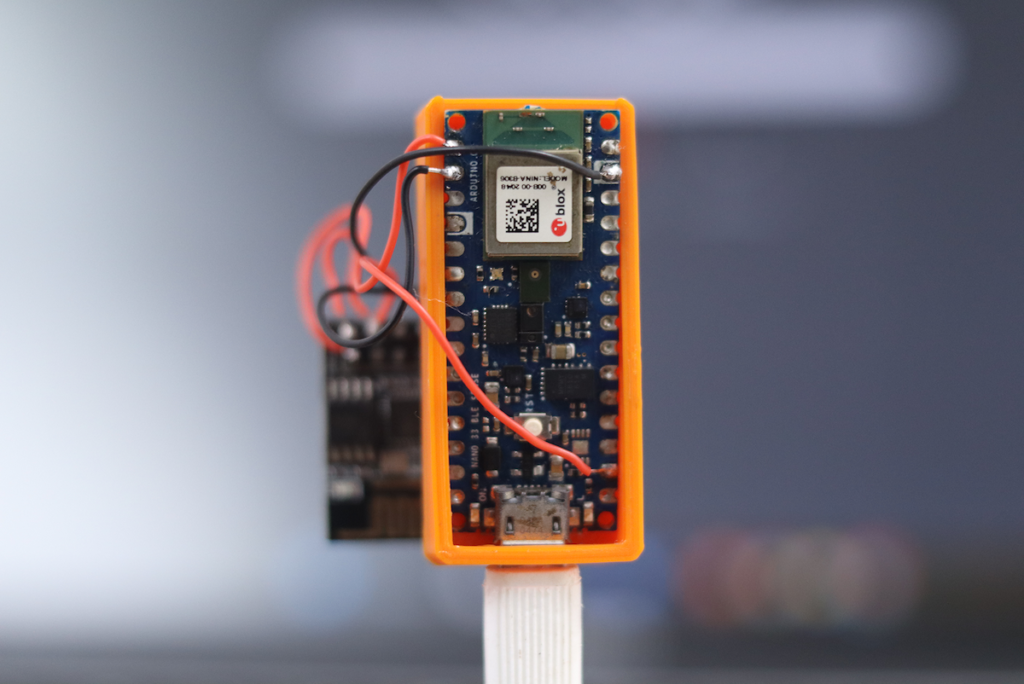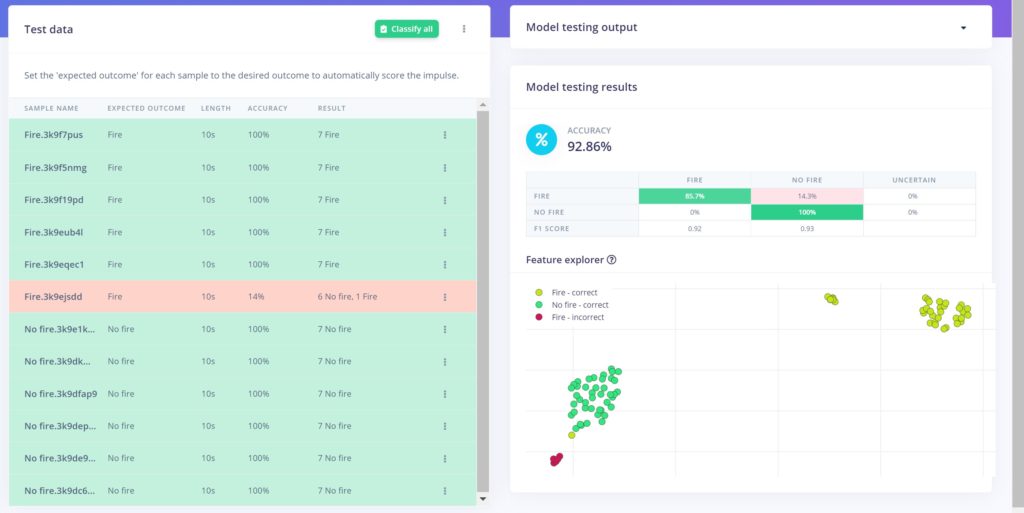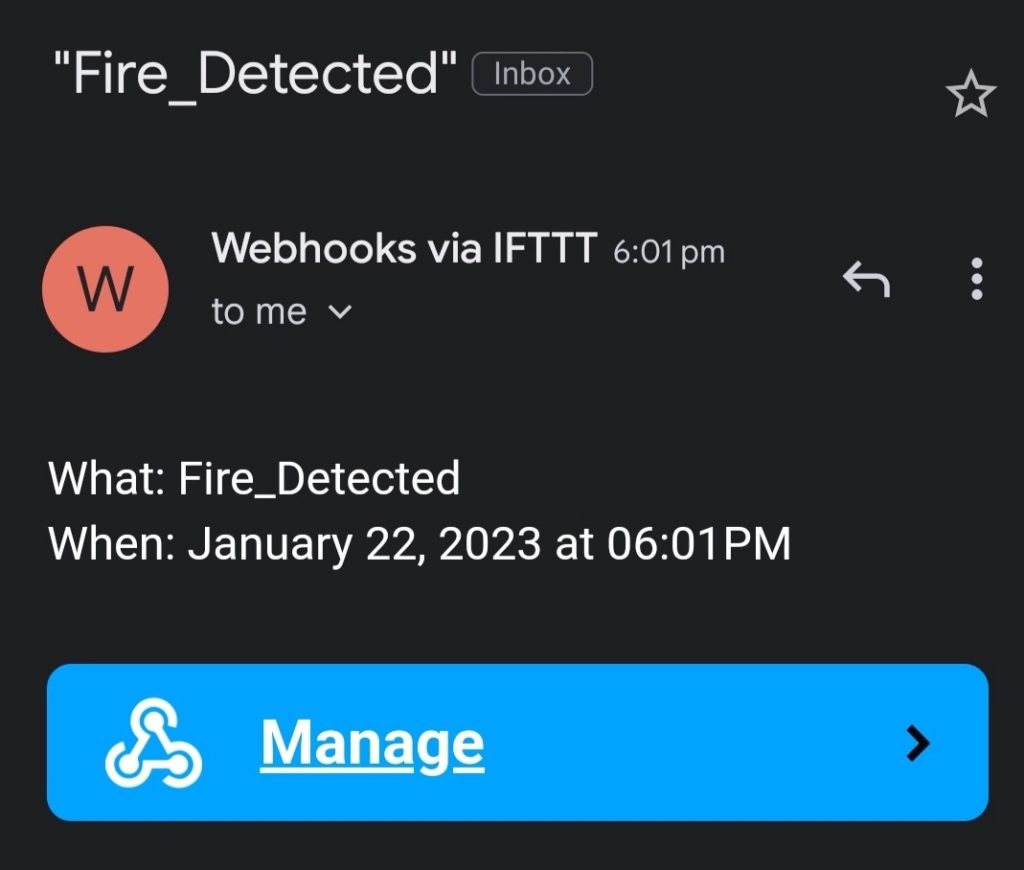20
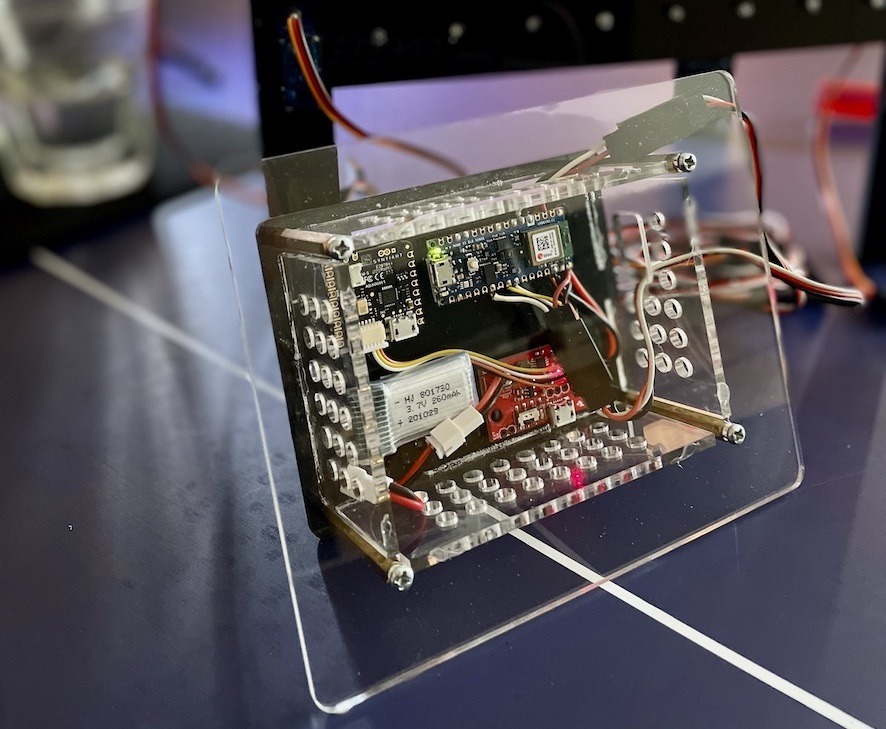
When dealing with indoor climate controls, there are several variables to consider, such as the outside weather, people’s tolerance to hot or cold temperatures, and the desired level of energy savings. Windows can make this extra challenging, as they let in large amounts of light/heat and can create poorly insulated regions, which is why Jallson Suryo developed a prototype that aims to balance these needs automatically through edge AI techniques.
Suryo’s smart building ventilation system utilizes two separate boards, with an Arduino Nano 33 BLE Sense handling environmental sensor fusion and a Nicla Voice listening for certain ambient sounds. Rain and thunder noises were uploaded from an existing dataset, split and labeled accordingly, and then used to train a Syntiant audio classification model for the Nicla Voice’s NDP120 processor. Meanwhile, weather and ambient light data was gathered using the Nano’s onboard sensors and combined into time-series samples with labels for sunny/cloudy, humid, comfortable, and dry conditions.
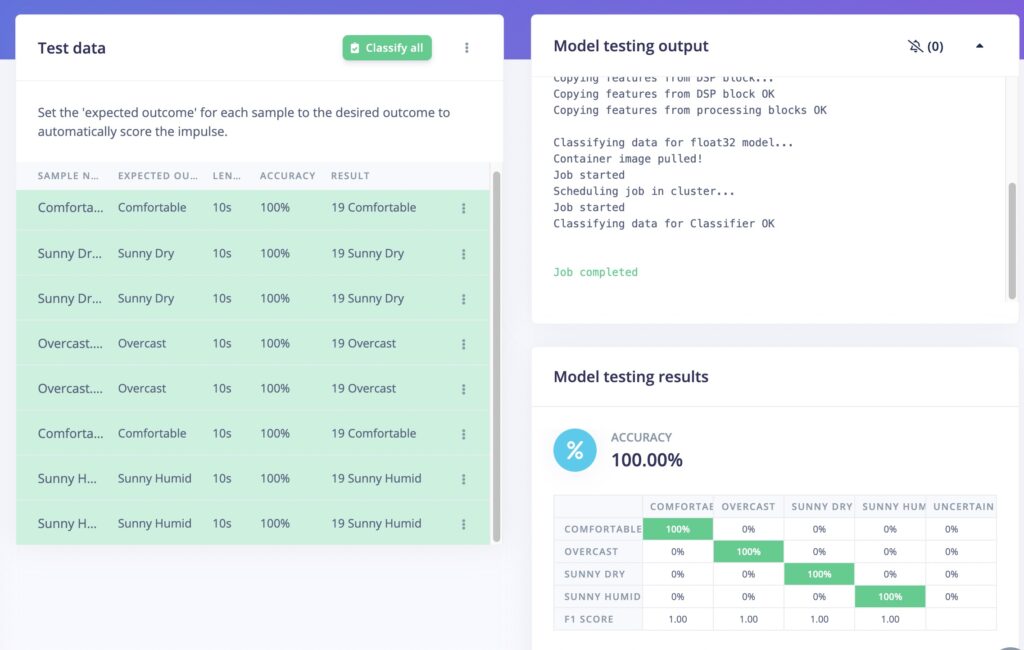
After deploying the board’s respective classification models, Suryo added some additional code that writes new I2C data from the Nicla Voice to the Nano that indicates if rain/thunderstorm sounds are present. If they are, the Nano can automatically close the window via servo motors while other environmental factors can set the position of the blinds. With this multi-sensor technique, a higher level of accuracy can be achieved for more precision control over a building’s windows, and thus attempt to lower the HVAC costs.
More information about Suryo’s project can be found here on its Edge Impulse docs page
The post Improving comfort and energy efficiency in buildings with automated windows and blinds appeared first on Arduino Blog.

